| | My tomatoes are well and truly dead for this year. Despite deep watering every second or third day, the extended over-95-degree heat was more than they could manage to keep growing and setting fruit or even staying green. The four last-harvested plants - Celebrity, Red Zebra, Sweet Tangerine and Sungold - looked like February Christmas trees, with dead foliage studded with red or yellow fruits. The fruits were still firm, and I’d left them on the plants until I’d needed them. But now that I’m ready to shift to fall- and winter-growing and eating, I’ve harvested all the remaining fruits and pulled the plants. Here’s my final tally and thoughts about varieties and what I’ll grow – or not – next year. I hope the info will help you make your decisions, as well. Overview I transplanted 4” containers with 9” tall plants three times – March 18, April 20, and June 9 – in 4 separate beds that had been amended with manure, compost, and EB Stone or Dr. Earth organic fertilizer. I planted multiples of most varieties that I’ve enjoyed in the past – 2 Ace 55, 1 Berkeley Tie-Dye, 1 Big Rainbow, 1 Black From Tula, 4 Black Krim, 7 Celebrity, 4 Cherokee Purple, 1 Chocolate Cherry, 2 Green Zebra, 2 Isis Candy, 1 Momotaro Gold, 1 Mr. Stripey, 3 Paul Robeson, 2 Red Zebra, 1 Stupice, 1 Sungold, 2 Sweet Tangerine. March 18 plantings = Berkeley Tie-Dye, Big Rainbow, Black Krim, Cherokee Purple, Chocolate Cherry, Green Zebra, Isis Candy, Momotaro Gold, Mr. Stripey, Red Zebra, Sungold, Sweet Tangerine. Some of these plants began bearing on June 27, most bore through mid-to-late-August, and some lasted until September 17. April 20 plantings = Black Krim, Celebrity, Cherokee Purple, Paul Robeson, Stupice. First fruits were from Paul Robeson on July 18, and Celebrities from July 29 through September 17. One bed of Paul Robeson and Cherokee Purples developed nicely and set fruit but died in the too-intense heat wave. I’ll pay more attention to that bed next time around! June 9 plantings = Ace 55, Celebrity. I chose these hybrid varieties to plant this late since I thought they’d been sturdy enough to deal with the coming heat. However, all of the plants died before growing much, except one Celebrity plant that developed enough to bear 2 small fruit before dying. I won’t plant this late again! Total fruit count = 1256 fruits Cherry Tomatoes = 784 fruits Sungold – 552 1/2-inch fruits were yellow-turning-orange and a tasty balance of sweet and acid. Definitely grow again! Chocolate Cherry – 135 3/4-inch fruits were a rich brown color and rich but milder flavor. Definitely grow again! Isis Candy – 97 3/4-inch fruits were a beautiful cream-and-rose-striped color with sweet tones in a richly-flavored base. Definitely grow again! Mid- and Larger-Size Tomatoes = 472 fruits Ace 55 – Weak growth and then died following June 9 planting. Berkeley Tie-Dye – 4 large fruits, nice swirly coloring, bland flavor. Maybe I’ll grow one more time. Big Rainbow – 27 medium-sized fruits, coloring not variegated so perhaps plant was mislabeled, nice flavor. I’ll try again. Black From Tula – 23 medium-sized fruits, purplish-brown coloring, similar to Black Krim. Definitely grow again. Black Krim – 46 medium-to-large fruits, purplish-brown coloring. One of my favorites; will grow again. Celebrity – 77 medium fruits, clear red coloring, nice balanced sweet-to-acid flavor, firm fruits that hold on the bush well. One of my favorites; will grow again. Cherokee Purple – 20 medium-to-large fruits, reddish-purple coloring. One of my favorites; will grow again. Green Zebra – 84 small-to-medium fruits, striking green-to-white striping that turns golden chartreuse when ripe, a bit tart flavor that mixes well with other varieties’ sweeter fruits, firm fruits that hold on the bush well. Will grow again. Momotaro Gold – 1 medium fruit with undistinguished flavor. Won’t grow again. Mr. Stripey – 2 fruits, muted striping, ok flavor. Will try again since last year’s planting bore many flavorful fruits. Paul Robeson – 16 medium-to-large fruits, purplish-brown coloring, similar to Black Krim and Black From Tula. Definitely grow again. Red Zebra – 108 small-to-medium pointed fruits, red with faint striping, firm fruits that hold on the bush well. Will grow again. Stupice – 11 small-to-medium fruits, red with nice flavor. It’s borne more fruits in years past. I always grow this variety in tribute to my gardening-mentor mother since both she and the tomato variety come from what-was-then Czechoslovakia. Sweet Tangerine – 53 small-to-medium fruits, bright orange skin and flesh, nice flavor, firm fruits that hold on the bush well. Will grow again. |
|
4 Comments
|
Categories |


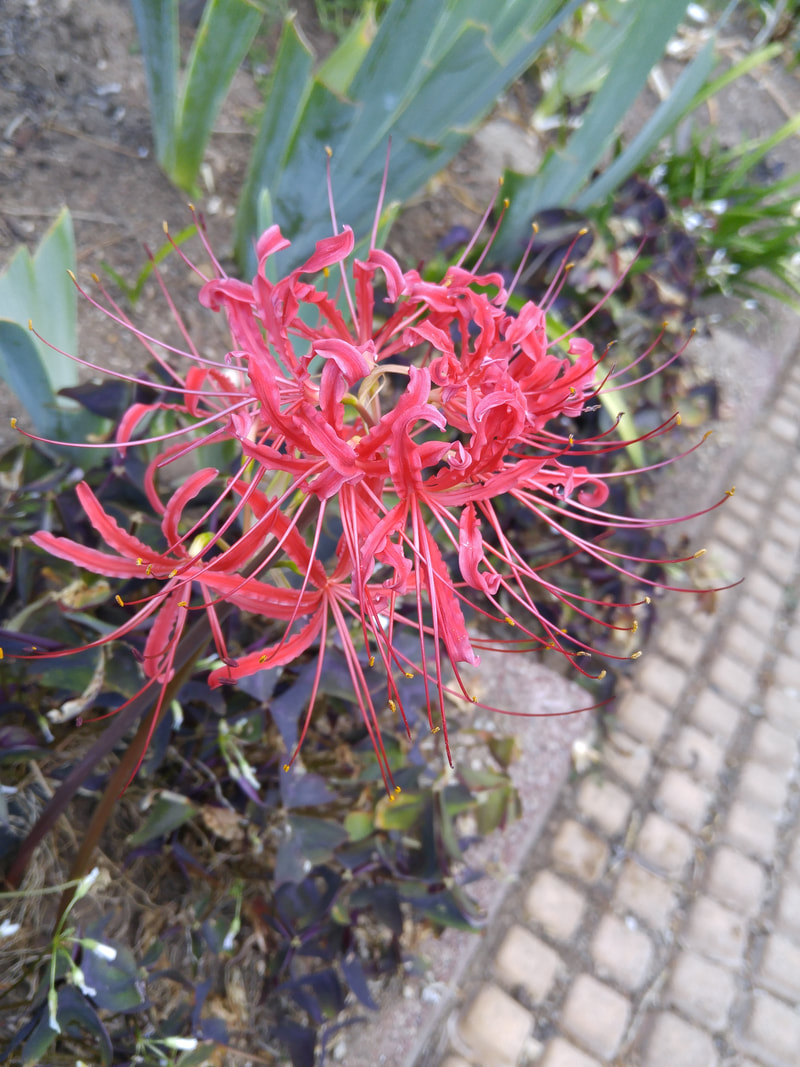
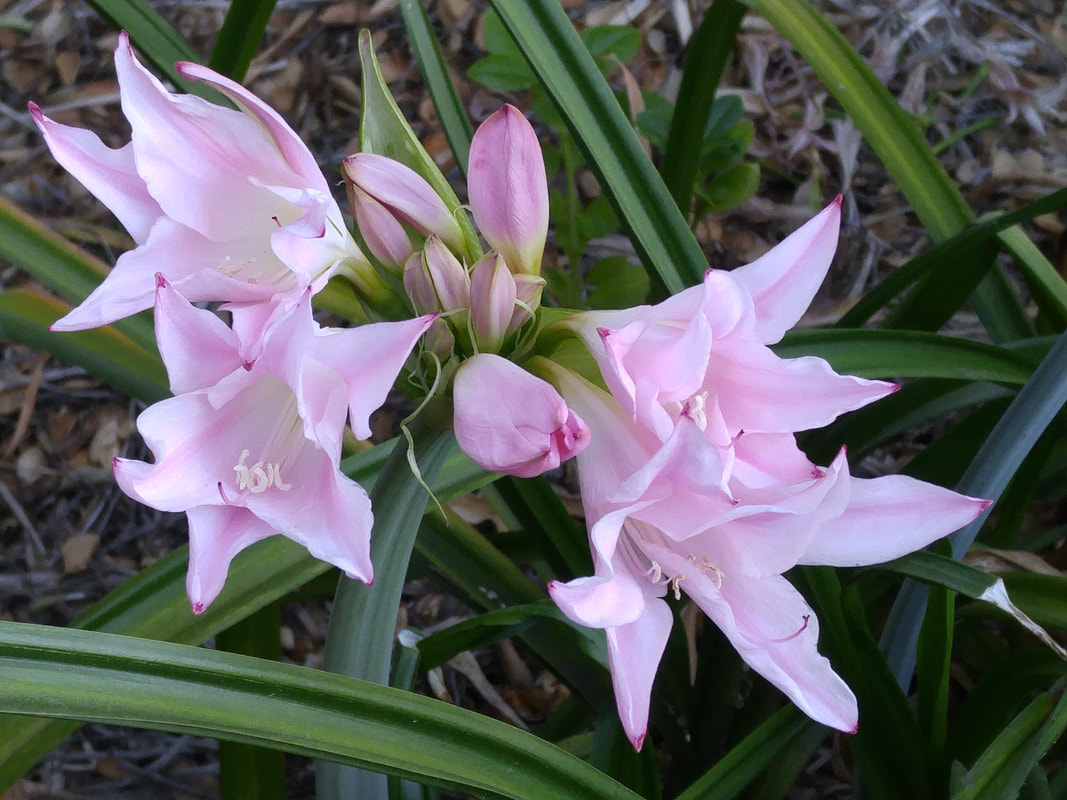
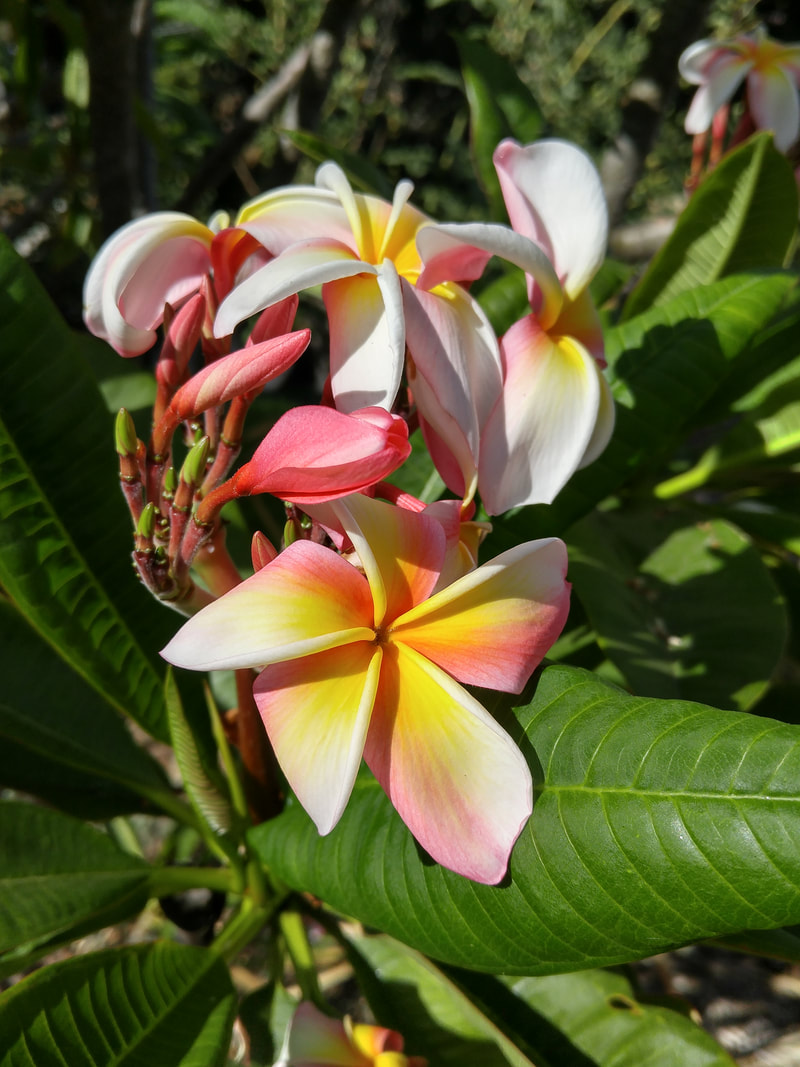
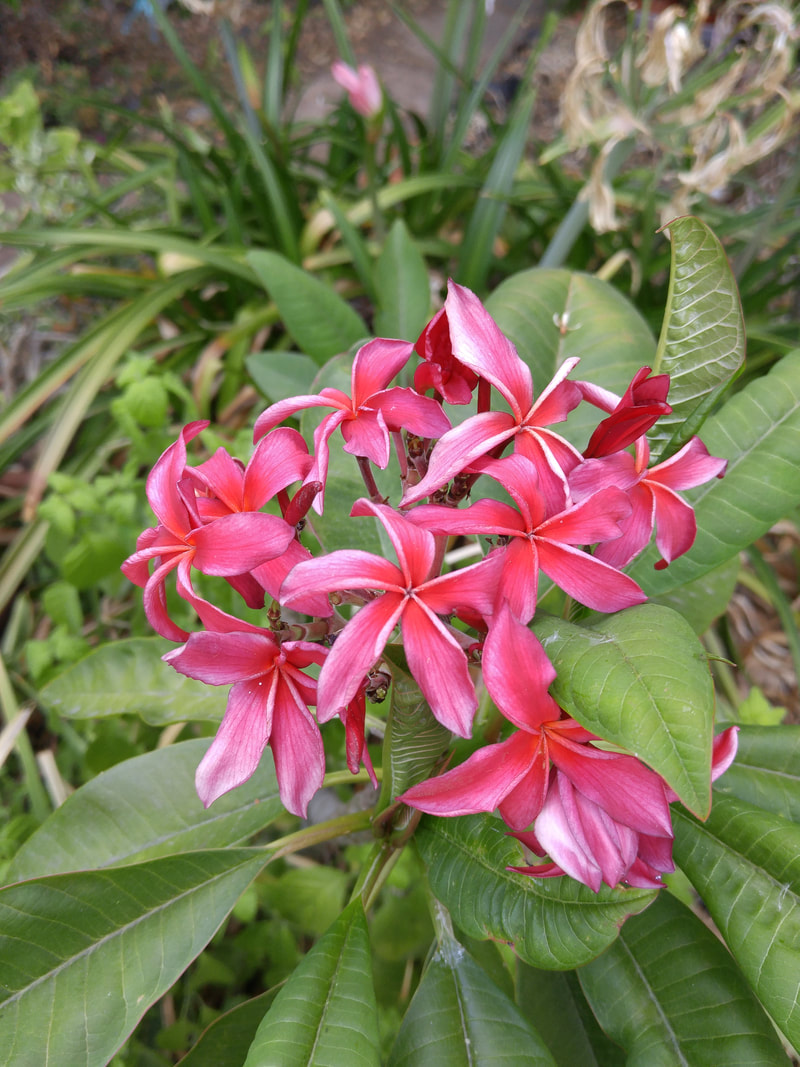
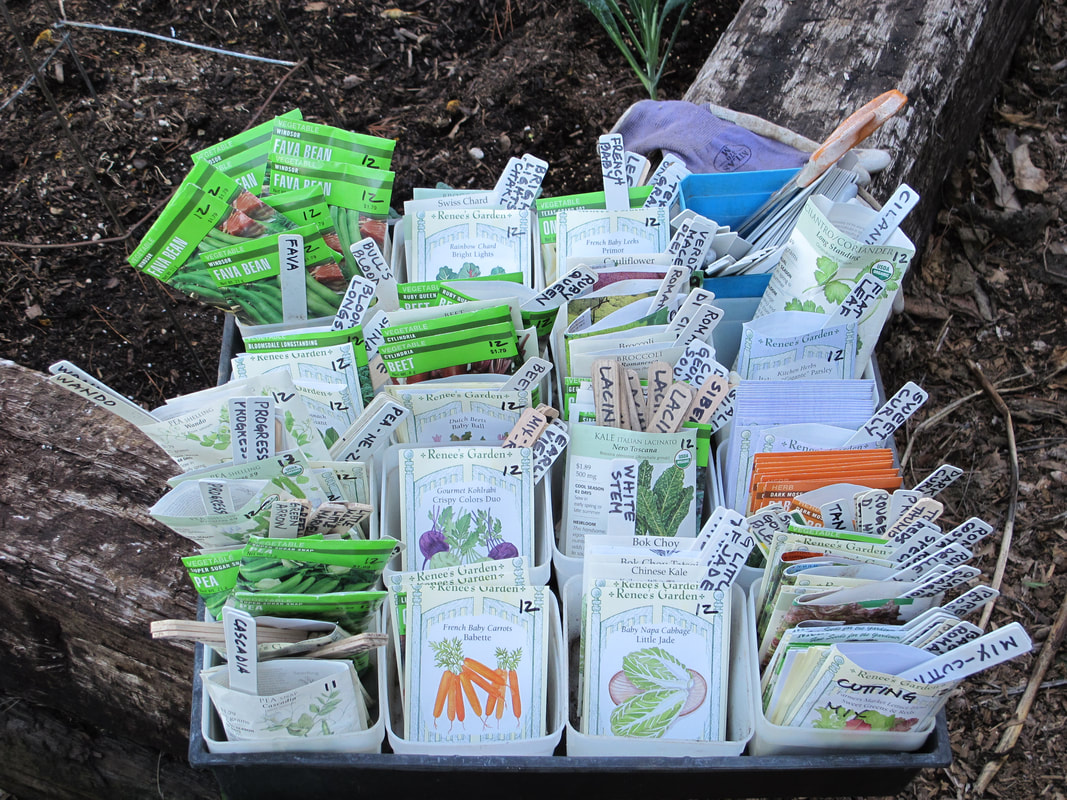
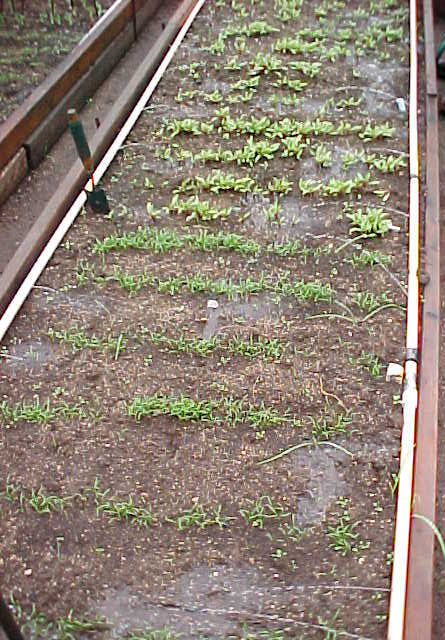
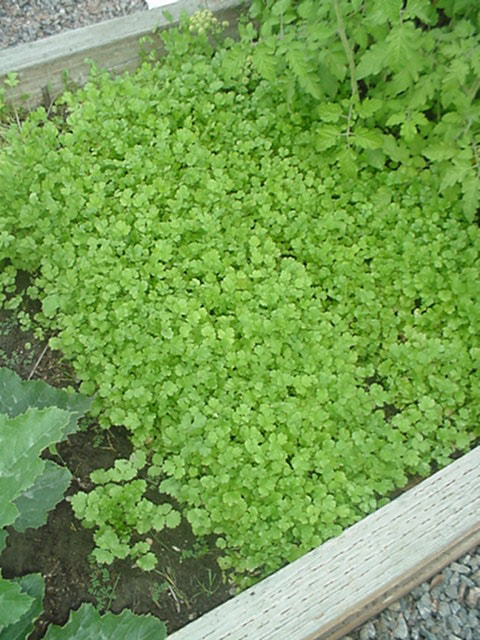
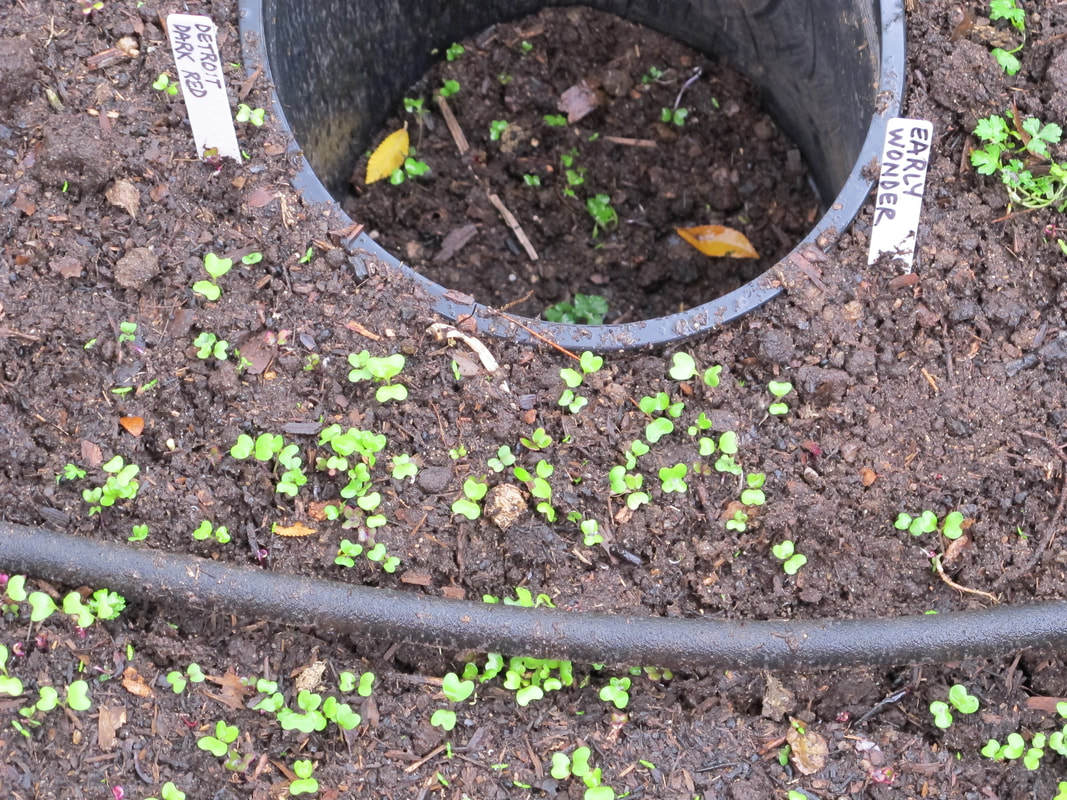
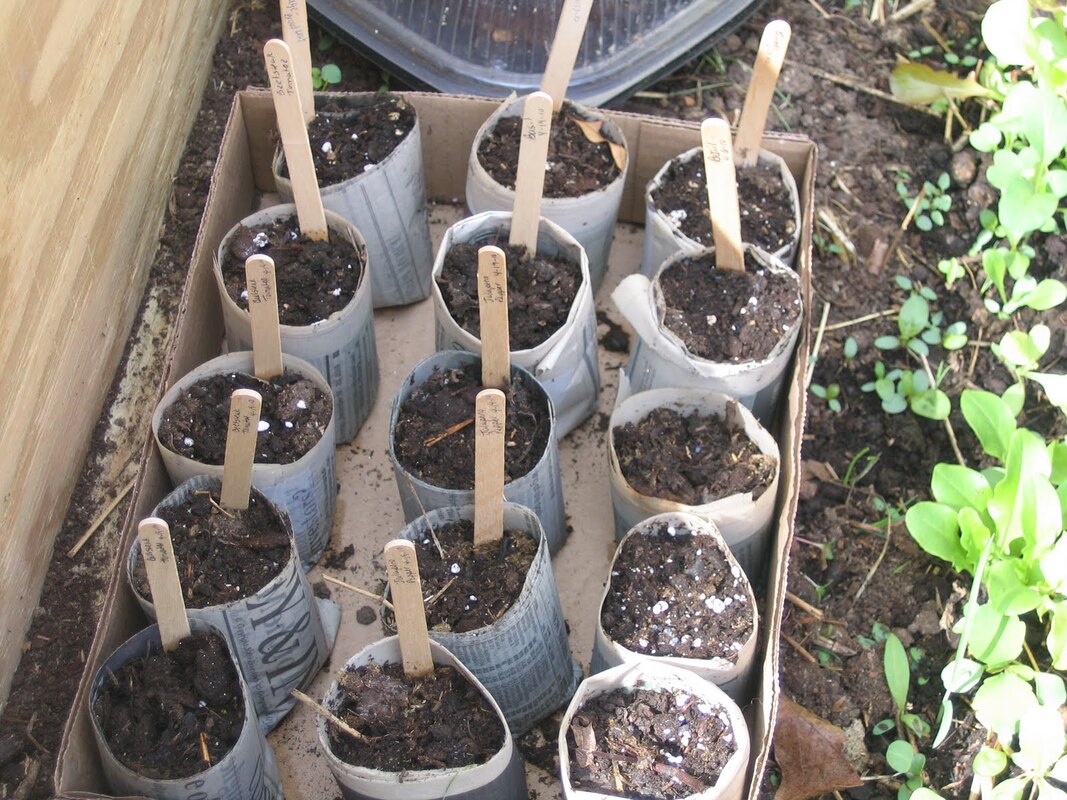

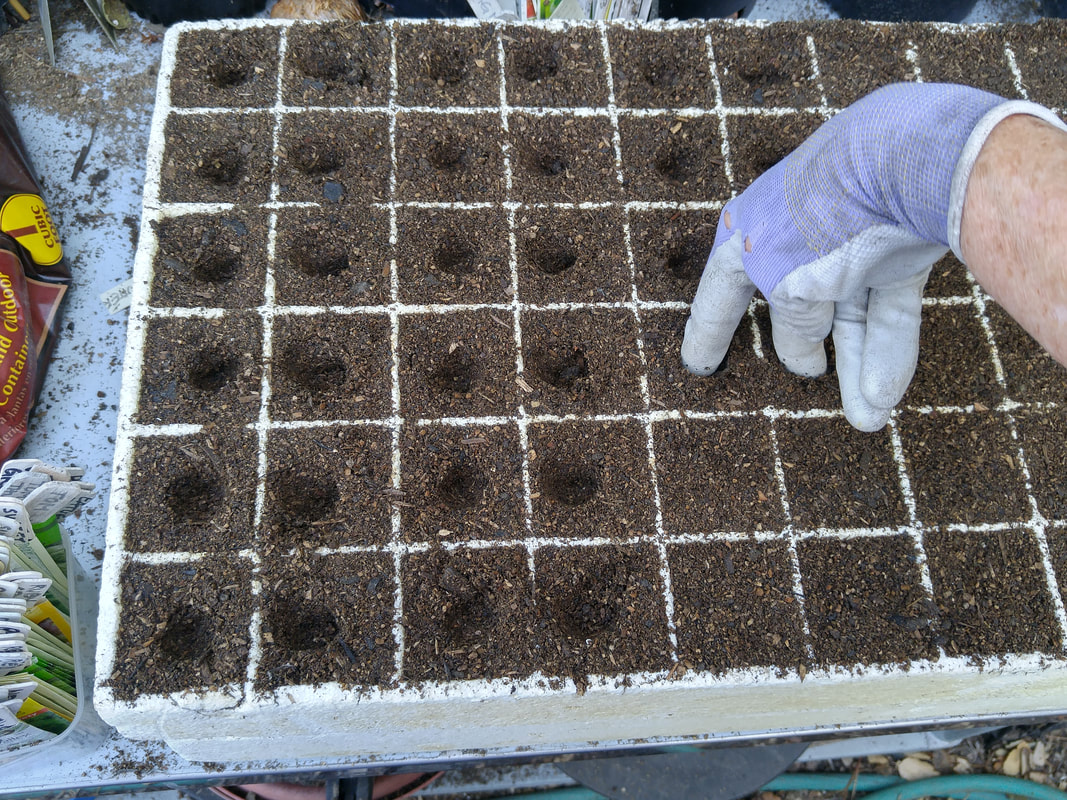
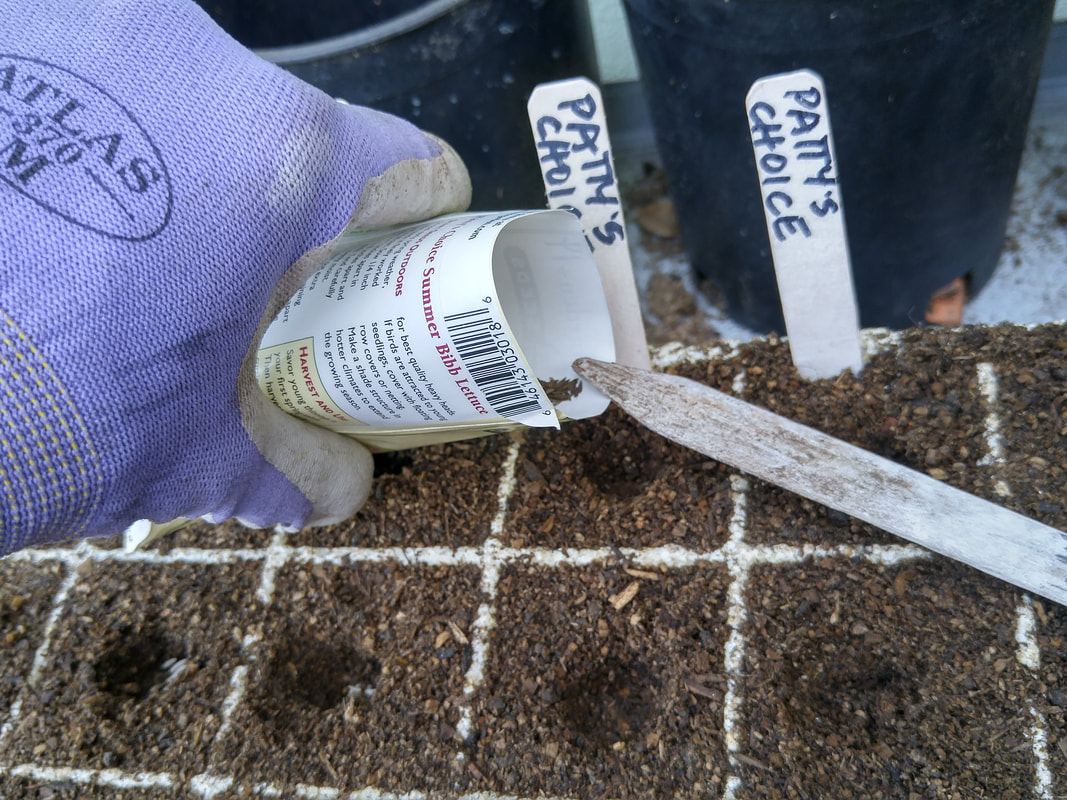
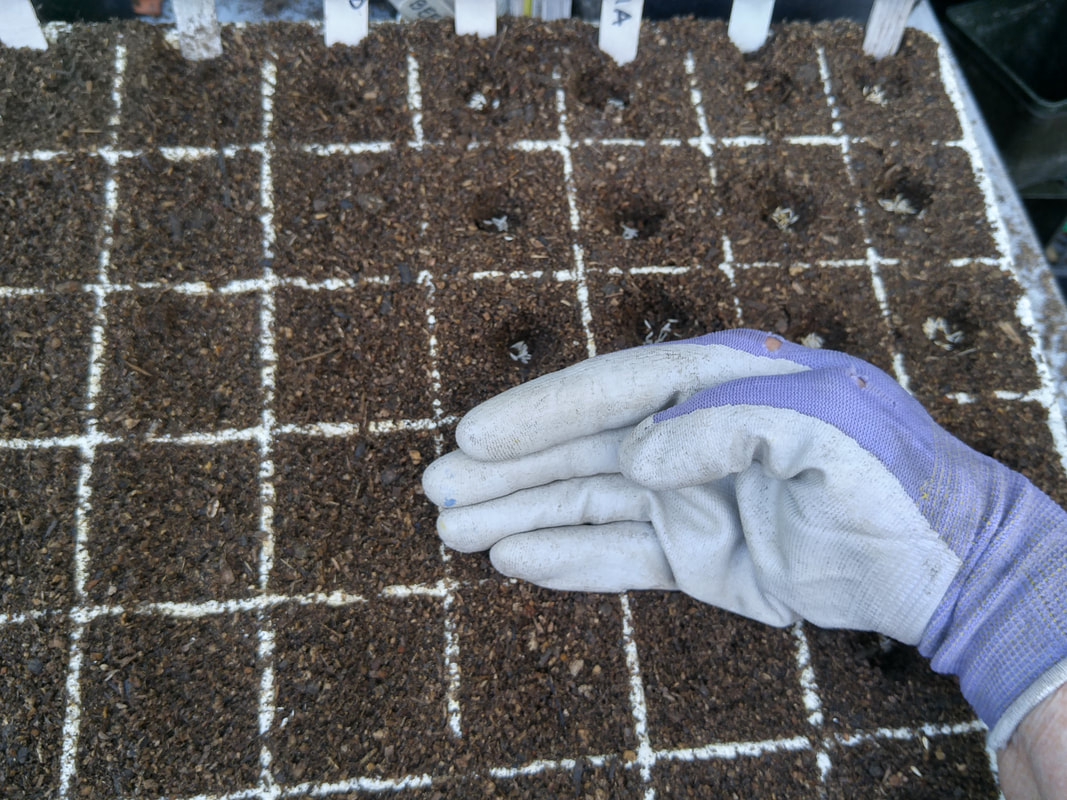
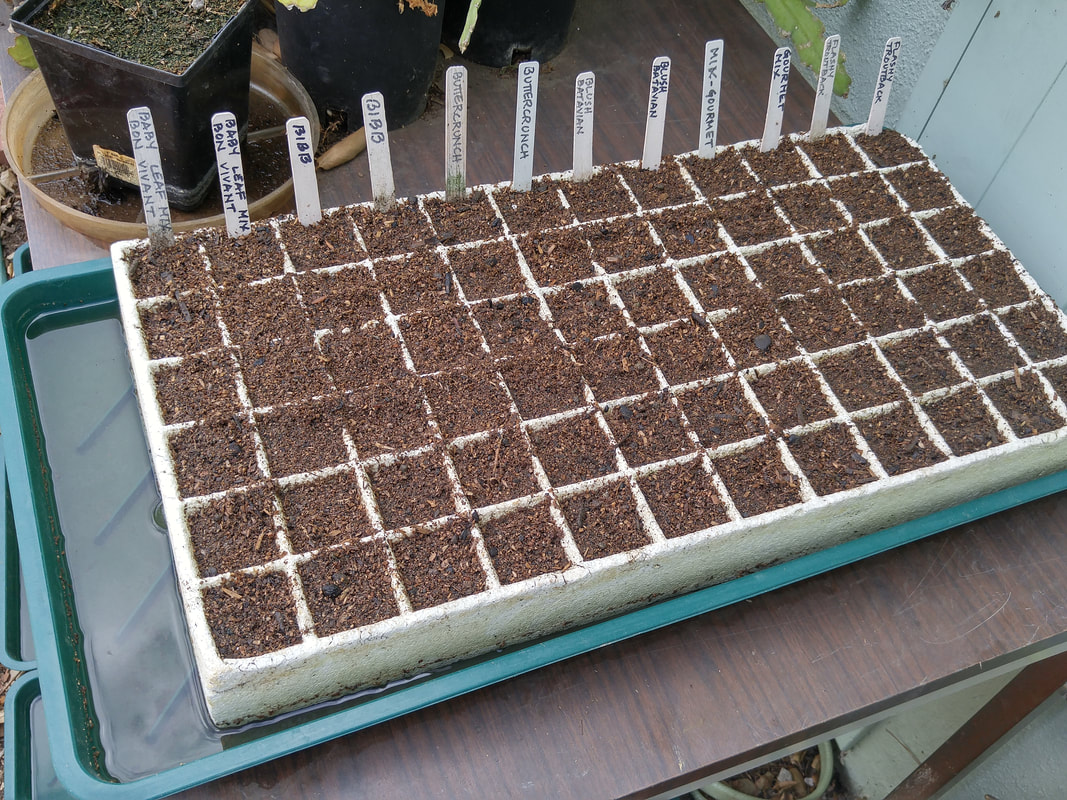
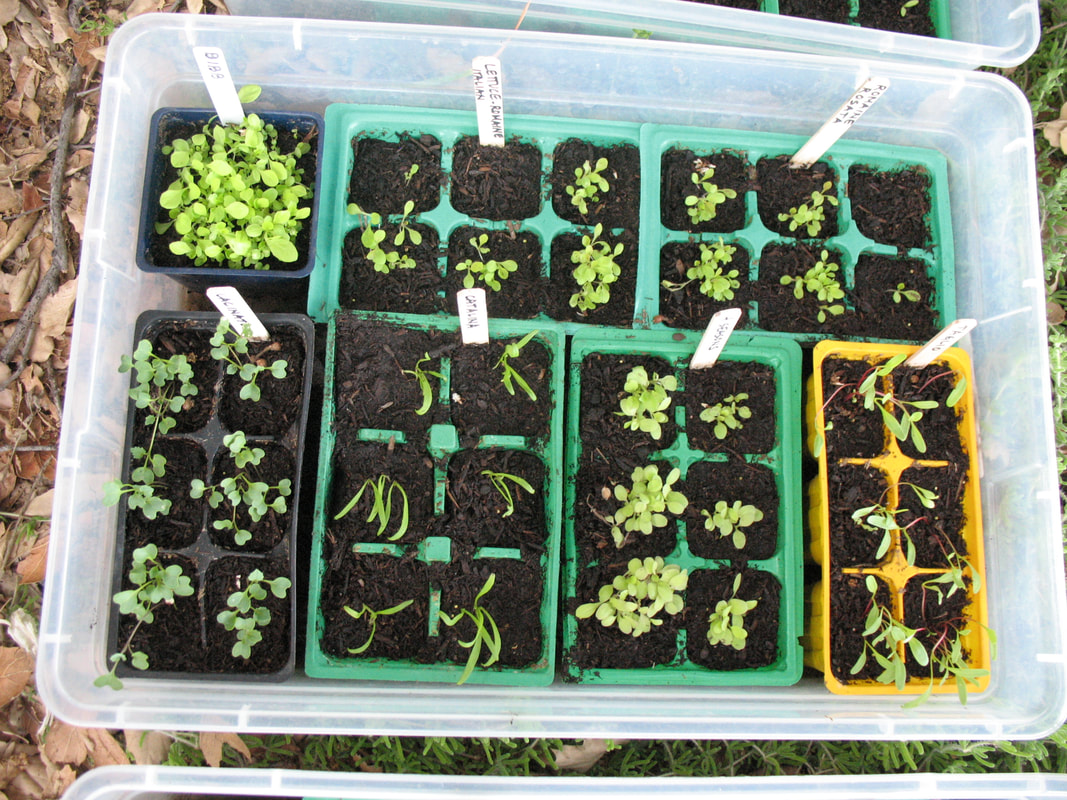
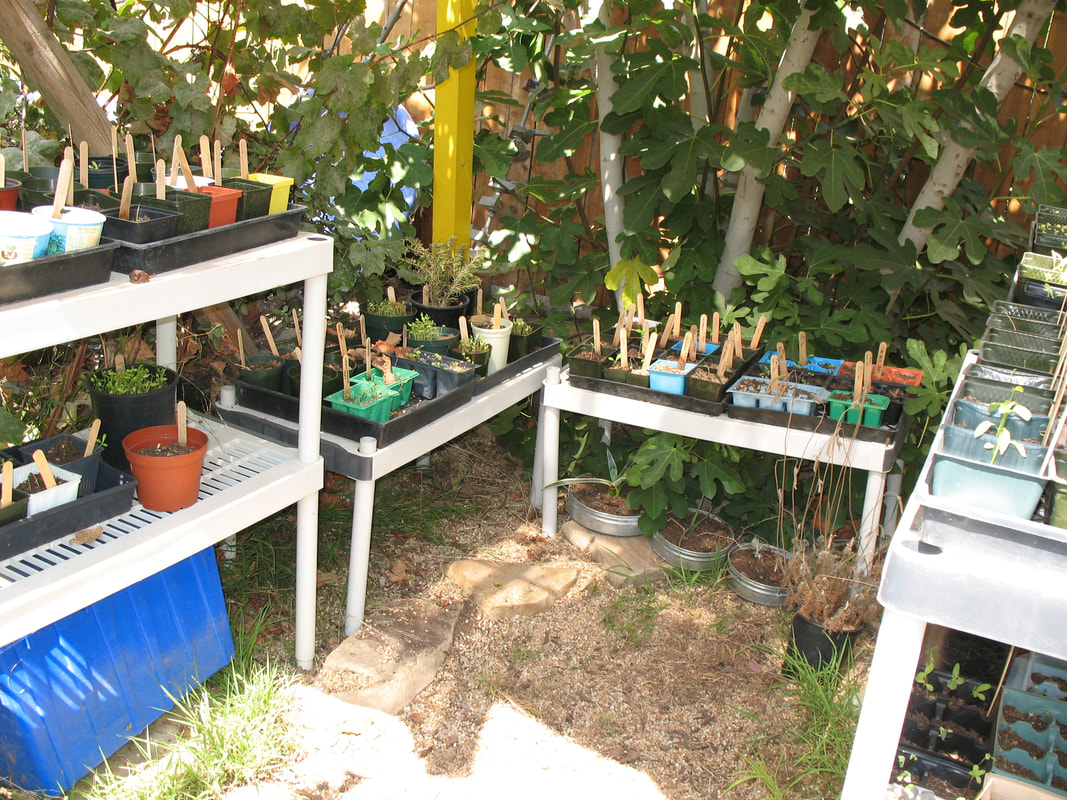
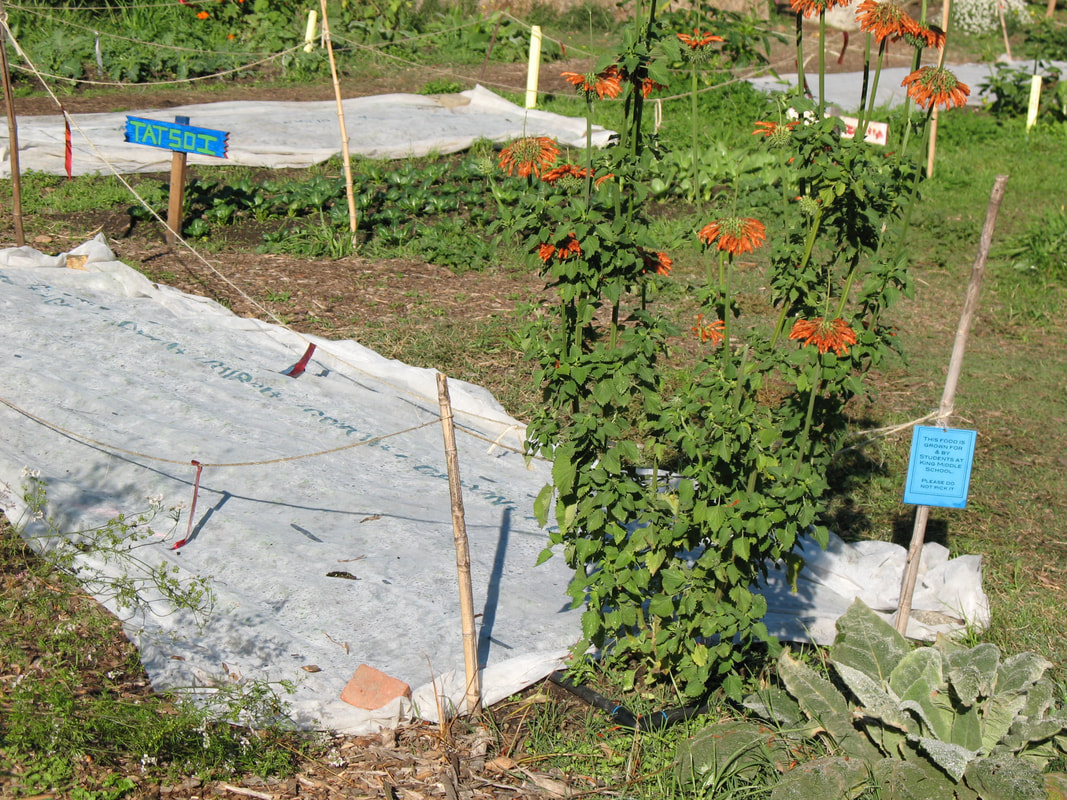
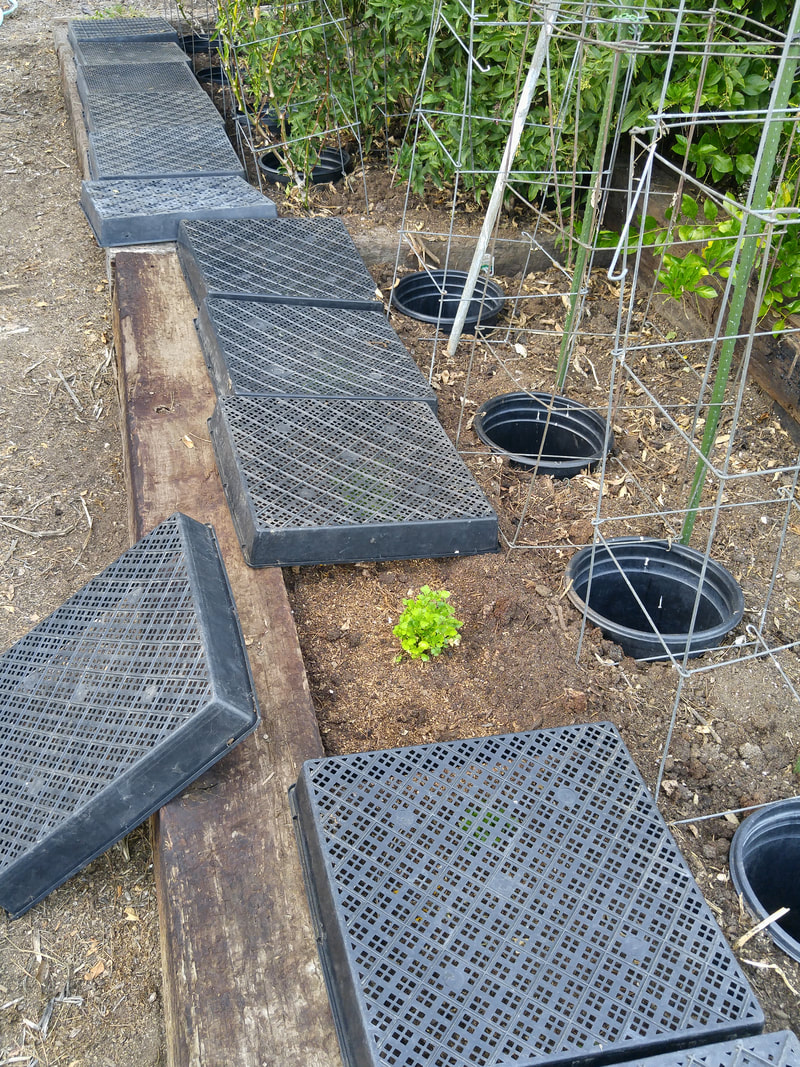
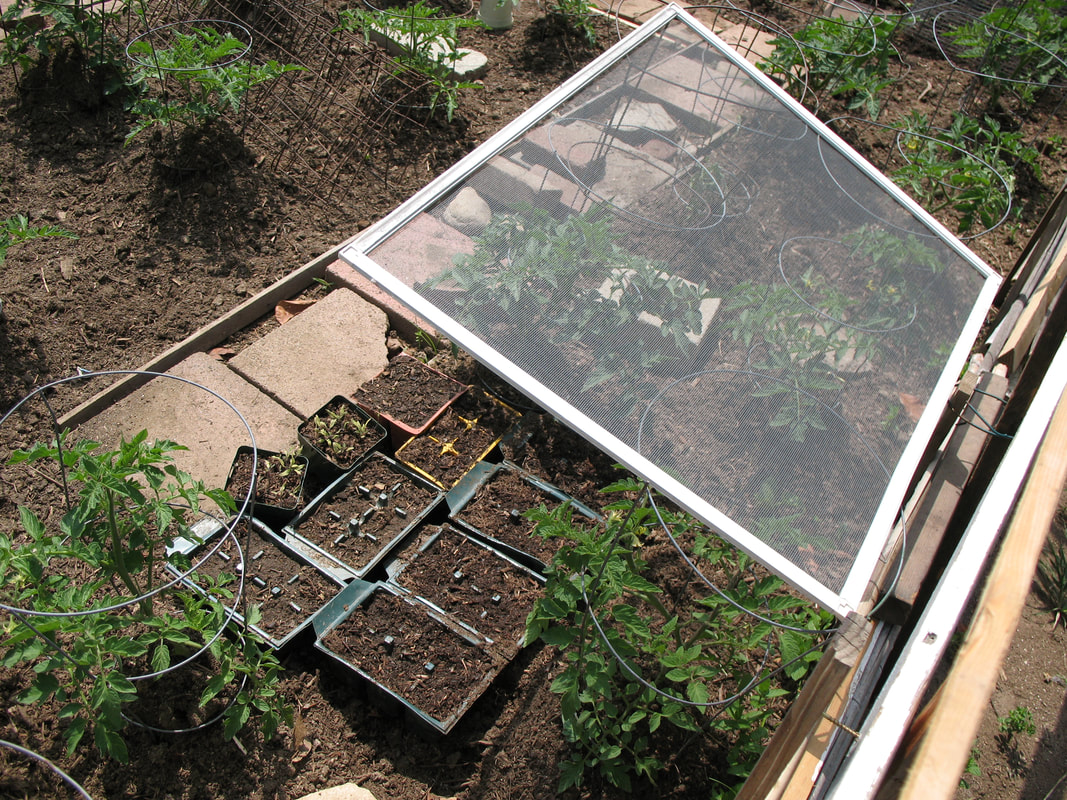
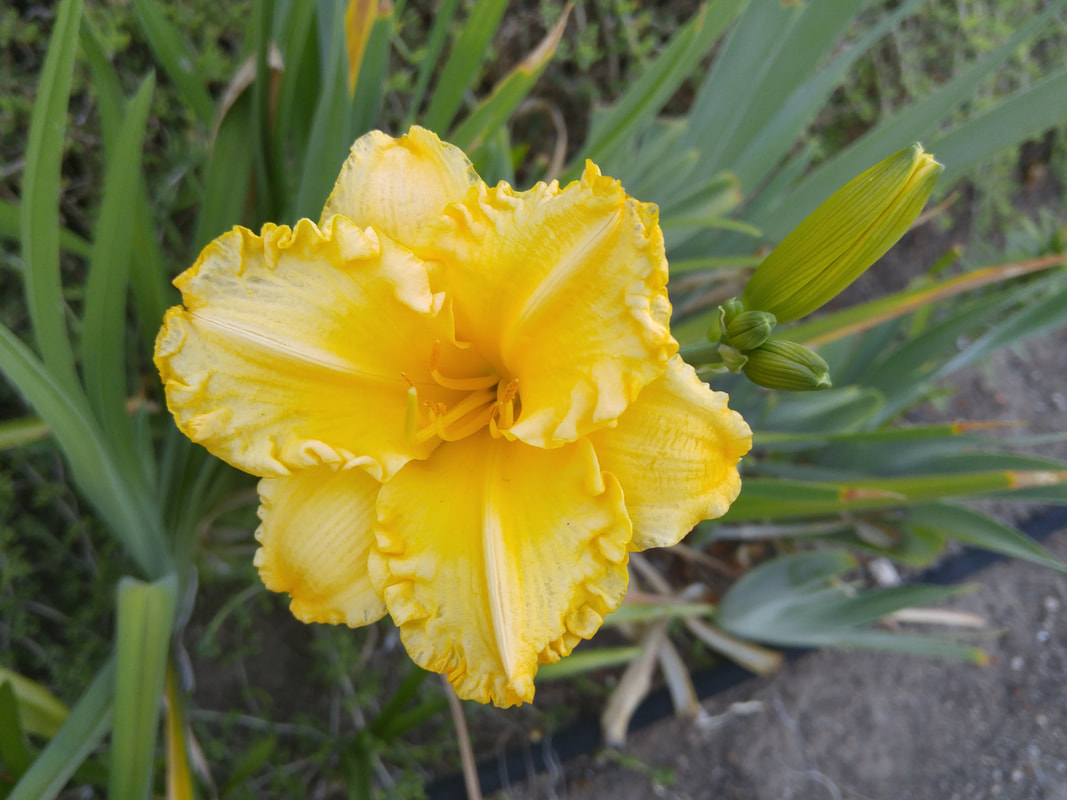
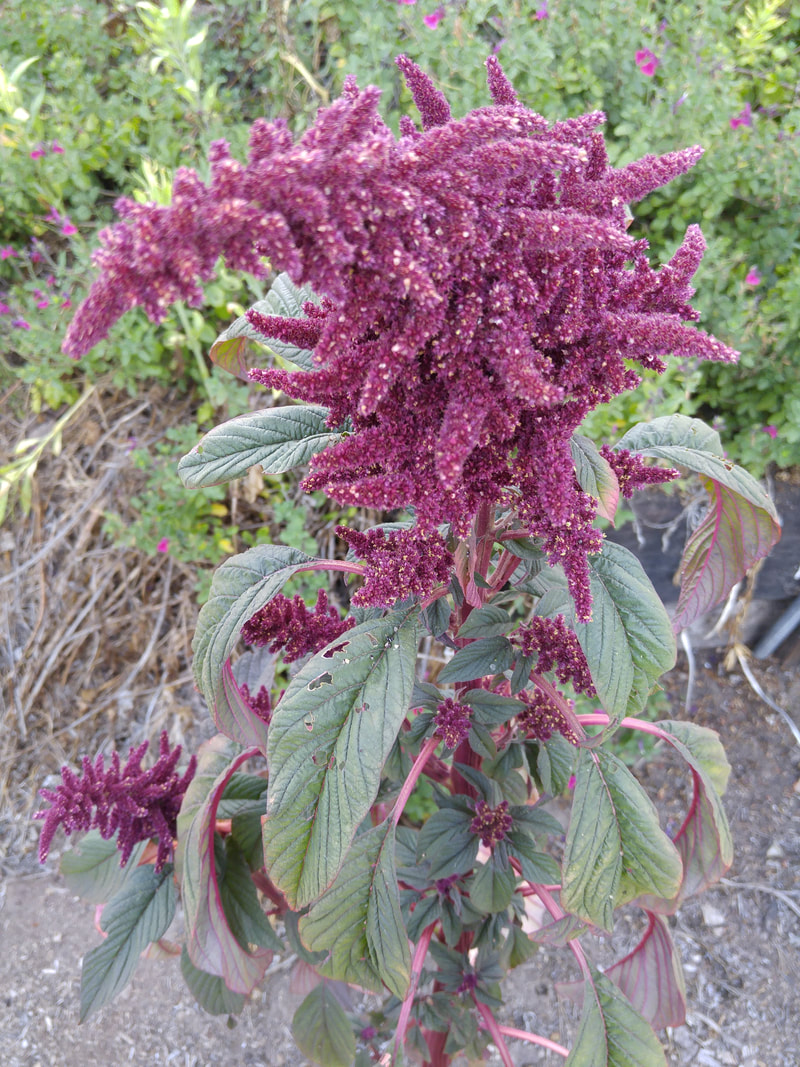
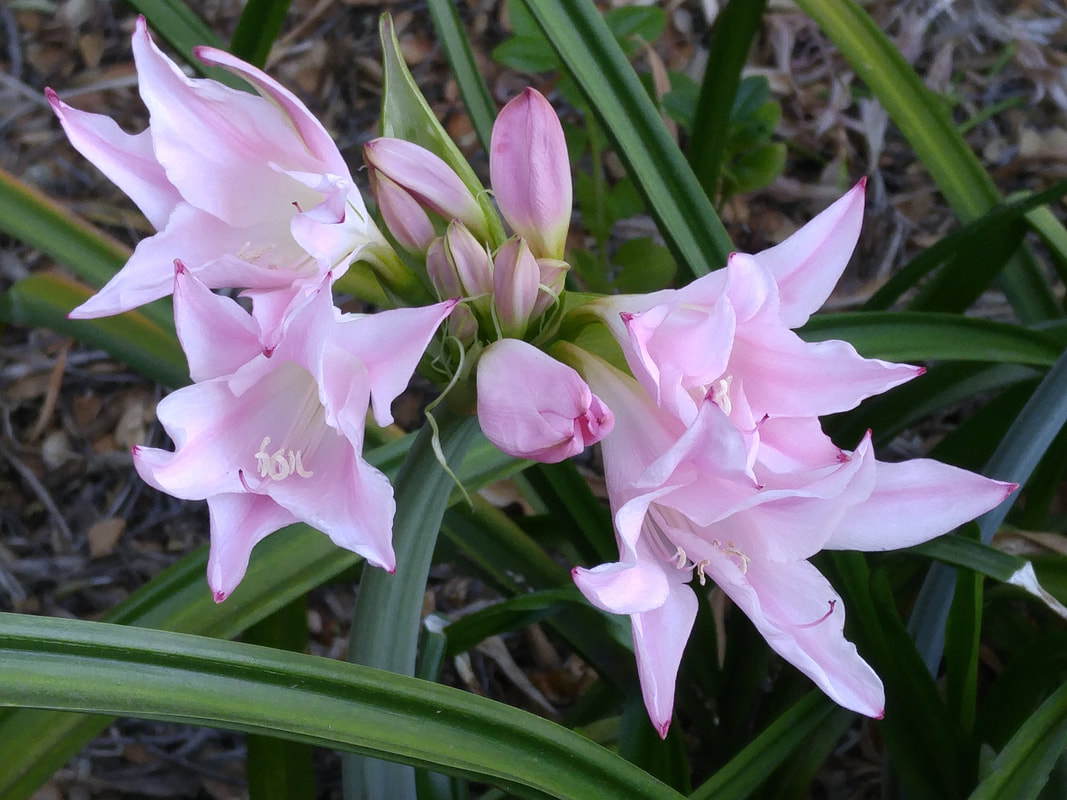
 RSS Feed
RSS Feed